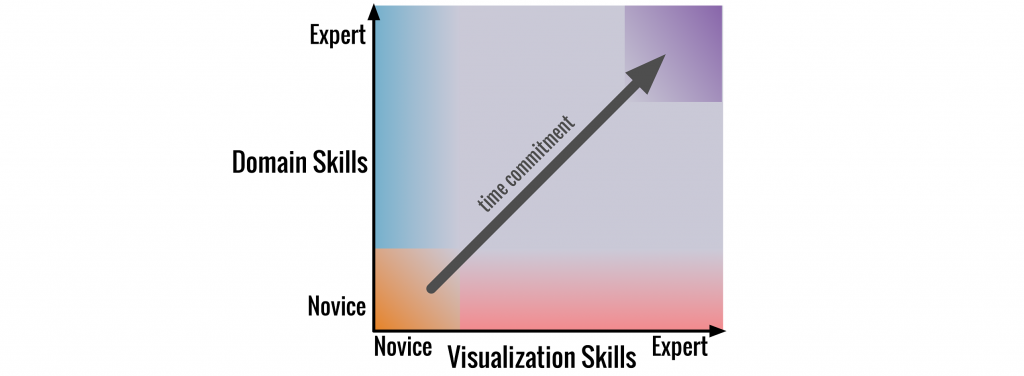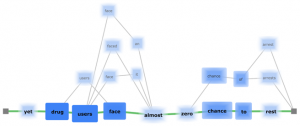
Contributors:
Kyle Wm. Hall, Adam J. Bradley, Uta Hinrichs, Samuel Huron, Jo Wood, Christopher Collins and Sheelagh Carpendale
While previous work exists on how to conduct and disseminate insights from problem-driven visualization projects and design studies, the literature does not address how to accomplish these goals in transdisciplinary teams in ways that advance all disciplines involved. In this paper, we introduce and define a new methodological paradigm we call design by immersion, which provides an alternative perspective on problem-driven visualization work. Design by immersion embeds transdisciplinary experiences at the center of the visualization process by having visualization researchers participate in the work of the target domain (or domain experts participate in visualization research). Based on our own combined experiences of working on cross-disciplinary, problem-driven visualization projects, we present six case studies that expose the opportunities that design by immersion enables, including (1) exploring new domain-inspired visualization design spaces, (2) enriching domain understanding through personal experiences, and (3) building strong transdisciplinary relationships. Furthermore, we illustrate how the process of design by immersion opens up a diverse set of design activities that can be combined in different ways depending on the type of collaboration, project, and goals. Finally, we discuss the challenges and potential pitfalls of design by immersion.
Publications
-
[pods name="publication" id="4158" template="Publication Template (list item)" shortcodes=1]







